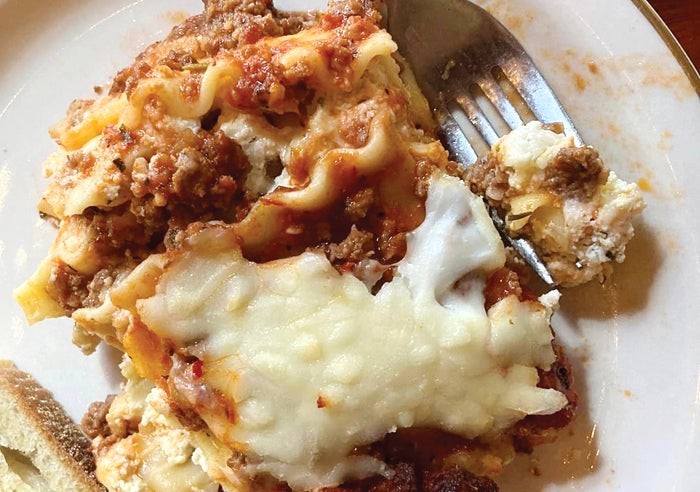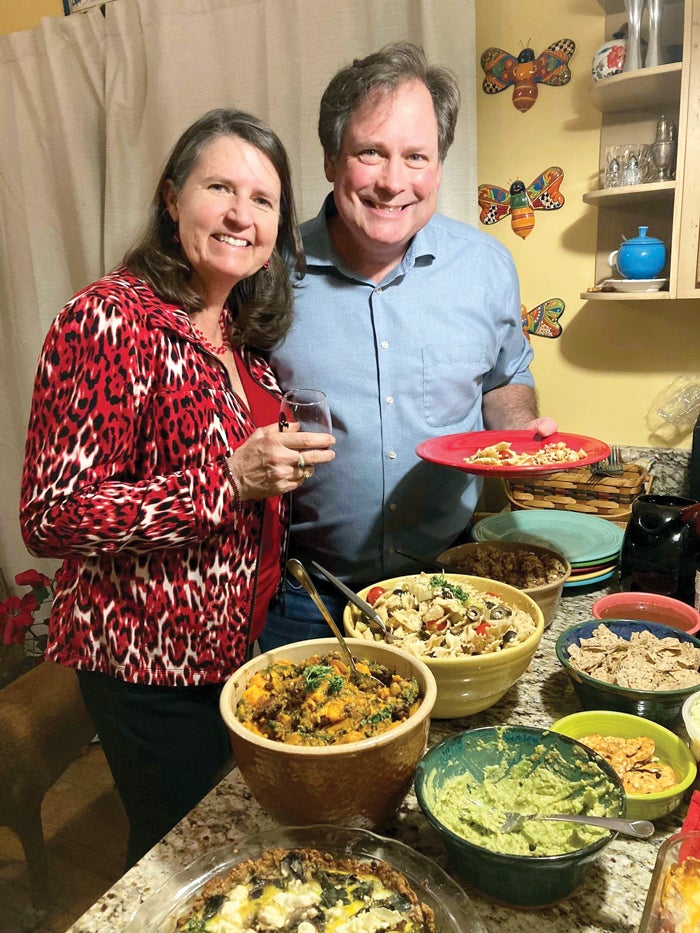Toi Degree answeres questions on canning and preserving
Published 12:00 am Wednesday, September 12, 2012
We are nearing the end of summer and the traditional canning season and I am still getting a lot of calls as everyone tries to put the finishing touches on canning and preserving. Freezing is also a huge part of food preservation and the majority of the questions are about freezing. So here are a few of my latest caller questions and answers, hope you find them useful; I hope you find htem useful.
How do you freeze corn on the cob?
First make sure that you select only tender, freshly gathered corn in the milk stage (During this period kernels begin to have exterior yellow color and he inner fluid is milky white). Next husk and trim the ears, remove silks and wash. Water blanch small ears (1Ľ inches or less in diameter) 7 minutes, medium ears (1Ľ to 1˝ inches in diameter) 9 minutes and large ears (over 1˝ inches in diameter) 11 minutes. Cool promptly and completely to prevent a “cobby” taste. Drain and package. Seal and freeze.
Do I need to blanch my vegetables before freezing them? Why? What is blanching and how do I do it?
Yes, blanching (scalding vegetables in boiling water or steam for a short time) is a must for almost all vegetables to be frozen. It stops enzyme actions that can cause loss of flavor, color and texture.
Blanching cleanses the surface of dirt and organisms, brightens the color and helps retard loss of vitamins. It also wilts or softens vegetables and makes them easier to pack.
Blanching time is crucial and varies with the vegetable and size. Underblanching stimulates the activity of enzymes and is worse than no blanching. Overblanching causes loss of flavor, color, vitamins and minerals.
Water Blanching: for home freezing, the most satisfactory way to heat all vegetables is in boiling water. Use a blancher, which has a blanching basket and cover, or fit a wire basket into a large pot with a lid.
How to blanch: Use one-gallon water per pound of prepared vegetables. Put the vegetable in a blanching basket and lower into vigorously boiling water. Place a lid on the blancher. The water should return to boiling within 1 minute, or you are using too much vegetable for the amount of boiling water. Start counting blanching time as soon as the water returns to a boil. Keep heat high for the time given in the directions for the vegetable you are freezing.
Cooling: as soon as blanching is complete,vegetables should be cooled quickly and thoroughly to stop the cooking process. To cool, plunge the basket of vegetables immediately into a large quantity of cold water, 60 degrees or below. Change water frequently or use cold running water or ice water. If ice is used, about one pound of ice for each pound of vegetable isneeded. Cooling vegetables s hould take the same amount of time as blanching.
Drain vegetables thoroughly after cooling. Extra moisture can cause a loss of quality when vegetables are frozen.
Can you freeze green peppers (bell or sweet peppers)?
Yes, you can freeze these types of peppers. But before doing us consider how you plan to use them in the future because that will determine what procedure you wwwwwill use.
Be sure to select crisp, tender, green or bright red pods. Wash, cut out stems, cut in half and remove seeds. If desired, cut into -inch strips or rings.
Heated – Good for use in cooking. Water blanch halves 3 minutes, strips or rings 2 minutes. Cool promptly,drain wand package, leaving -inch headspace. Seal and freeze.Unheated – Good for use in uncooked foods because they have a crisper texture, or in cooked foods. Package raw, leaving no headspace. Seal and freeze.Since it is so late in the season most people have completed most of their canning, but still have produce coming in and are opting to freeze it. The guidelines above are tested and put in place to ensure quality and safety. Please follow the guidelines for best results. If you would like more information about food preservation visit the National Center for Home Food Preservation at: http://nchfp.uga.edu/index.html
Toi N. Degree is a Family & Consumer Education Agent for Rowan County Cooperative Extension.
Her phone number is 704-216-8970; her email address is toi_degree@ncsu.edu





